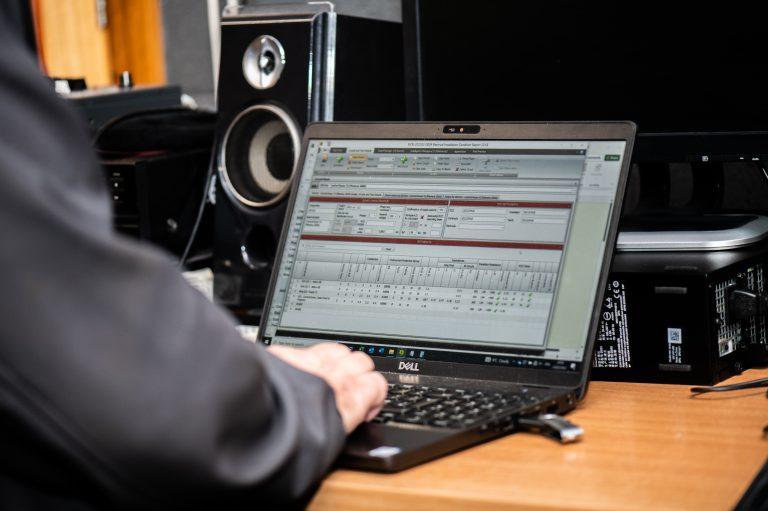Intersafe is highlighting the benefits of thermal imaging to cut carbon emission and energy consumption.
Intersafe is highlighting the benefits of thermal imaging following the news that the London Borough of Camden is using the technology tocut its carbon emission and energy consumption. By 2015 the local authority wants cuts of 21%, and by 2020 40%.
Intersafe has noticed an increase in the popularity of thermal imaging in building, electrical and mechanical maintenance over the last decade as the technology has developed.
Today, thermal imaging is one of the most reliable methods of predictive maintenance available, and is useful to many types of businesses.The application of thermal imaging can dramatically lower maintenance bills, as well as keeping down carbon emission and energy consumption.
Thermal imaging can be used on the following systems:
Electrical systems
- Loose connections
- Overloads
- Phase imbalances
- Corrosion
- High resistance in fuses and switch gear
Mechanical systems
- Motor overload
- Worn bearings
- Boiler seal leakage
- Insulation breakdown
- Hydraulic, steam and hot water systems
- Tank levels and insulation
- Valves
- Turbines
Buildings
- Continuity of insulation
- Flat roof leakage
- Heating, ventilations and air conditioning
- Cold storage thermal gain
- Seals
Being able to find problems within these areas before they have a chance to worsen means maintenance work can be scheduled in advance, and kept to timescale and budget.
Adrian Pendle, managing director at Intersafe, said: “Thermal imaging is a fantastic tool for businesses of all natures and size. Instead of relying on preventative maintenance, which can be costly, we’re seeing lots of companies choosing to regularly check and solve problems before they become unfixable.”
The London Borough of Camden is using thermal imaging to help it reach its target of cutting carbon emission and energy consumption by 21% by 2015, and 40% by 2020.
Thermal imaging has so far allowed Camden Council to identify areas of buildings that need to be improved to be more energy efficient, and where structural work needs to take place.
Adrian added: “It’s very important that thermal imaging work is undertaken by a professional, as there are things that could go wrong without training. Reflections and other illusions could cause confusion over where the problem lies, and add unnecessary work.”




